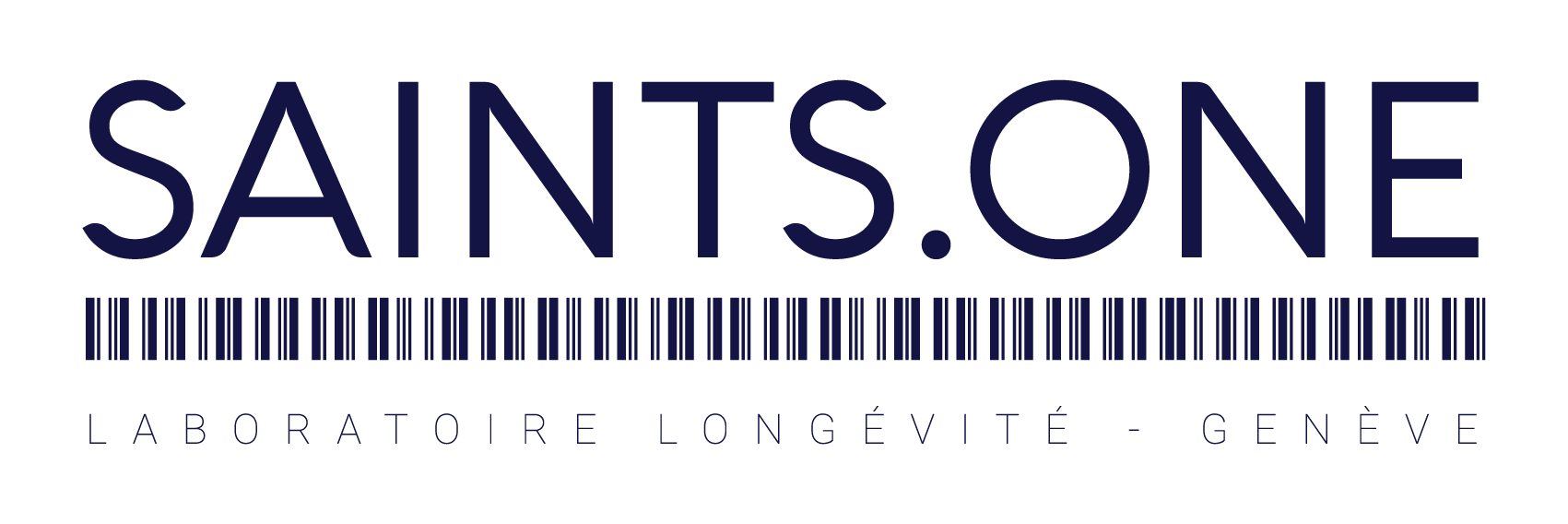The hallmarks of aging are the underlying biological processes that contribute to the deterioration of physiological function and the increased risk of age-related diseases. These processes are complex and multifactorial, and they involve a wide range of molecular, cellular, and systemic changes that occur over time. Understanding these hallmarks can help us to better understand the mechanisms of aging and to develop interventions that may be able to delay or mitigate the impact of age-related diseases.
One of the most well-known hallmarks of aging is the gradual decline in cellular function, which is characterized by a range of molecular and cellular changes. One key change is the accumulation of damage to DNA, which can lead to mutations and the development of cancer. DNA damage can be caused by a variety of factors, including environmental toxins, radiation, and normal cellular metabolism, and it is a key factor in the development of age-related diseases such as cancer, cardiovascular disease, and neurodegenerative disorders.
Another hallmark of aging is the loss of proteostasis, or the balance between the synthesis, folding, modification, and degradation of proteins. As we age, there is a decrease in the efficiency of these processes, leading to the accumulation of misfolded proteins and the formation of protein aggregates. These aggregates can interfere with cellular function and contribute to the development of age-related diseases such as Alzheimer’s disease and Parkinson’s disease.
A third hallmark of aging is the decline in stem cell function, which is responsible for the replacement of damaged or dying cells. As we age, the number and function of stem cells decreases, leading to a decline in tissue repair and maintenance. This can contribute to the development of age-related diseases such as diabetes, cardiovascular disease, and neurodegenerative disorders.
Another hallmark of aging is the breakdown of the body’s immune system, which is responsible for protecting us from infection and disease. As we age, the immune system becomes less effective at fighting off infections and responding to new threats, leading to an increased risk of age-related diseases such as cancer, cardiovascular disease, and infectious diseases.
Another key hallmark of aging is the accumulation of senescent cells, which are cells that have stopped dividing and no longer contribute to tissue repair and maintenance. Senescent cells secrete pro-inflammatory cytokines and other signaling molecules that can contribute to the development of age-related diseases.
In addition to these molecular and cellular changes, there are also systemic changes that occur during aging. One such change is the loss of cardiovascular function, which is characterized by the gradual deterioration of the heart and blood vessels. This can lead to an increased risk of cardiovascular disease, such as heart attacks and strokes.
Another systemic change that occurs during aging is the loss of bone density and the development of osteoporosis, which is characterized by a decrease in bone mass and an increased risk of fractures. This can be caused by a number of factors, including hormonal changes, a lack of physical activity, and a poor diet.
Aging is also characterized by a decline in cognitive function, which is reflected in a decline in memory, attention, and other cognitive skills. This can be caused by a number of factors, including the accumulation of amyloid plaques and neurofibrillary tangles in the brain, as well as a decline in the number and function of neurons.
Finally, aging is also characterized by a decline in physical function, which is reflected in a decrease in muscle mass, strength, and endurance. This can be caused by a number of factors, including a decline in the production of anabolic hormones such as testosterone and growth hormone, as well as a decrease in physical activity.
In conclusion, Understanding these hallmarks can help us to better understand the mechanisms of aging and to develop interventions that may be able to delay or mitigate the impact of age-related diseases.

